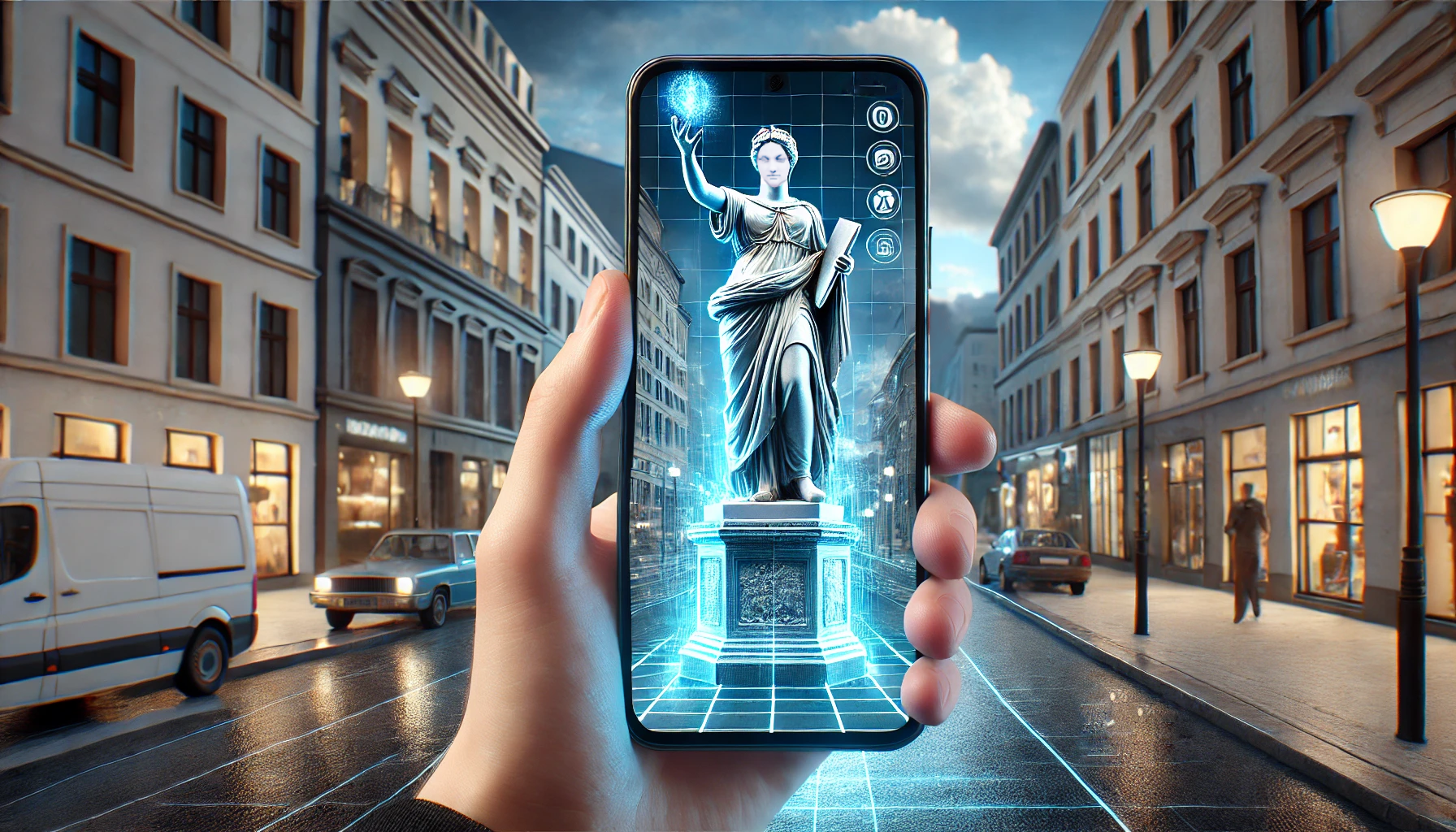Augmented Reality (AR) has transformed the way we interact with the digital world. Within this revolution, WebAR or Web Augmented Reality is presented as an innovation that allows access to AR experiences directly from web browsers, without the need for specific applications. This not only facilitates accessibility, but also extends the reach of this technology to a wider audience.
In this article we are going to talk about this Augmented Reality innovation that facilitates user access to AR experiences, showing you its benefits, key points in terms of technology and some success stories that will surely motivate you to consider the use of this technology in your company.
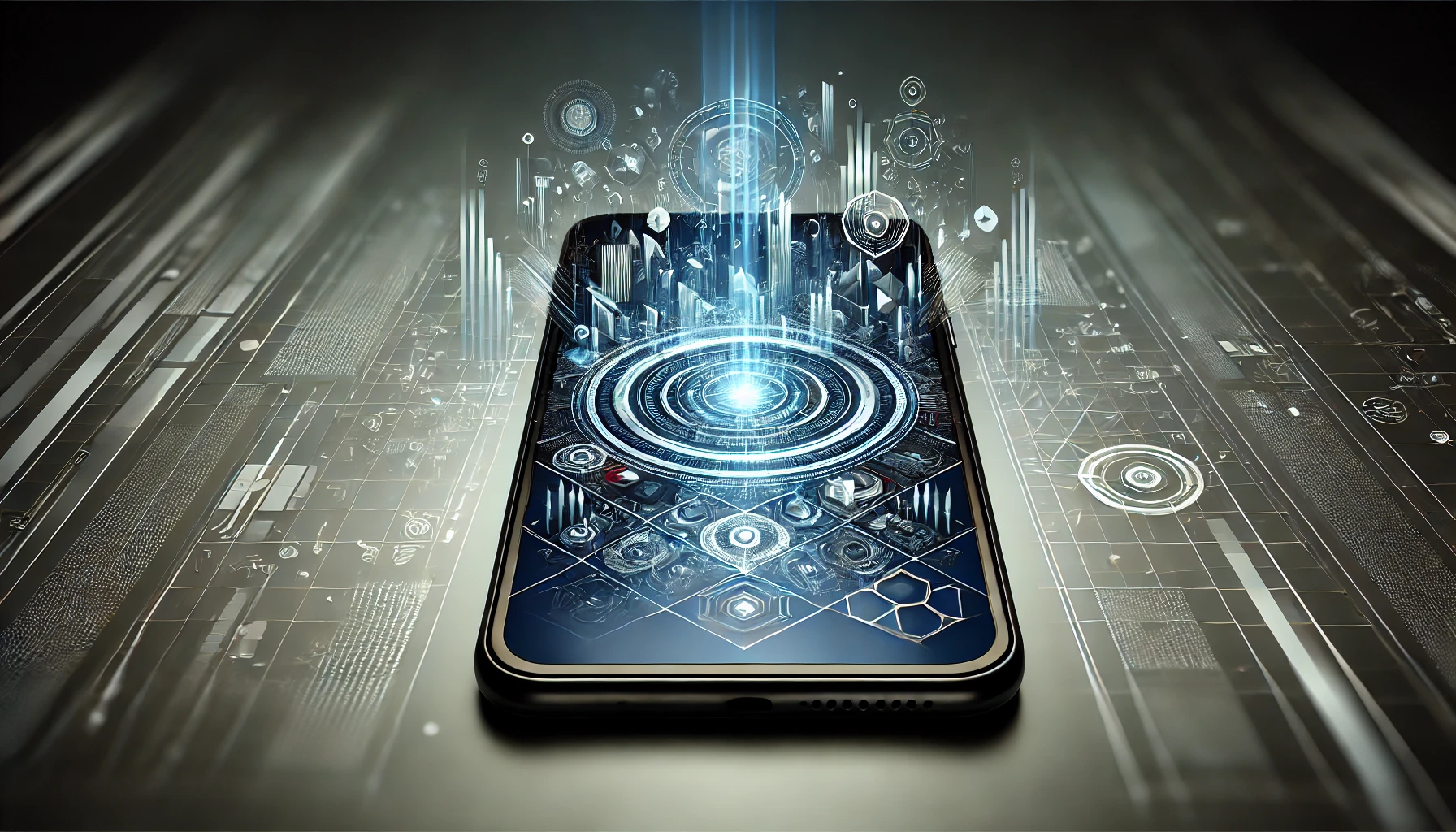
What is WebAR or Web Augmented Reality?
WebAR refers to the implementation of Augmented Reality experiences accessible through web browsers. Unlike traditional Augmented Reality applications, which require specific downloads, WebAR allows users to access augmented content by simply scanning a QR code or accessing a link. This simplicity of access is one of its greatest advantages.
History and evolution of Web Augmented Reality
Although Augmented Reality has been around for years and is significantly integrated into our society, WebAR is a relatively new innovation that has gained traction thanks to advances in mobile devices, mainly Smartphones and Tablets, as well as in the development of web technologies.
The evolution of WebAR has been driven by the growing demand for immersive experiences that are accessible without significant barriers, such as downloads or application installations.
Benefits of WebAR over AR in application
Maximum accessibility and compatibility
No external downloads required
Increased reach
Flexibility and creative freedom
Other benefits of using AR Web in companies
Increased user engagement
One of WebAR's greatest strengths is its ability to attract and retain user attention. By integrating interactive and visual elements directly into the browser, companies can deliver unique experiences that capture customer interest more effectively than traditional media.
Improved marketing experiences
Marketing campaigns using WebAR can deliver richer, more personalized experiences. From 3D product visualization to virtual product trials, WebAR enables consumers to interact with products in a much more immersive and memorable way.
Capability of use in different industries
Various industries, from fashion to entertainment, are leveraging WebAR to offer unique experiences. For example, fashion brands are using WebAR to showcase their collections interactively, while entertainment companies are offering Augmented Reality previews of movies and games.
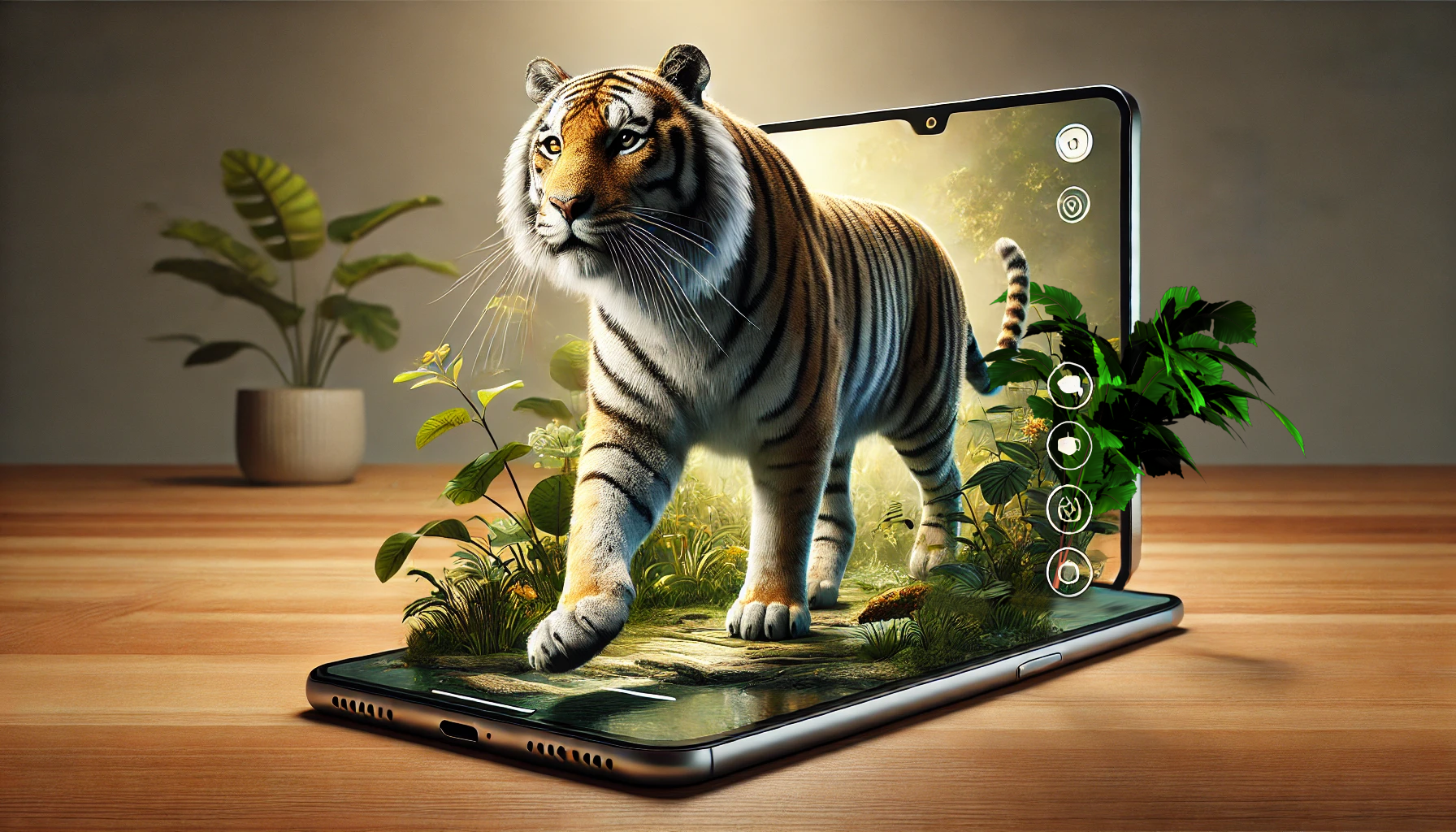
How does Web Augmented Reality work?
-
Accessing a link or scanning a QR code: Users receive a link or find a QR code related to the WebAR experience, either on a web page, printed material or marketing campaign and use their Smartphone or tablet to open the provided link or to scan the QR code using the device's camera.
-
Provide camera permissions: Typically, the browser will require access to permissions to access the device's camera. This is a must for the WebAR experience to work, as it is needed to capture the environment and overlay the corresponding virtual elements.
-
Loading the AR Web experience: Once access to the camera is granted, the browser will load the WebAR experience. This may include animations, 3D models or other interactive elements that are superimposed on the captured image in real time.
-
Interaction with virtual content: Users can interact with AR content by touching the screen, moving the device or using gestures, depending on the functionalities implemented.
-
Exploring and using additional features: Some WebAR experiences may offer additional options such as capturing photos, sharing on social networks or browsing through different scenes or products.
Technology and tools behind AR Web experiences
In addition, WebAR is compatible with a wide range of devices, including all types of smartphones and tablets from different manufacturers and operating systems. This means that users can access AR experiences regardless of the device they are using, as long as they have a compatible browser.
Finally, it is worth mentioning that when it comes to development, there are several software platforms such as 8thwall or onirix, among others, that facilitate and simplify development by providing their own tools, templates, assets and other useful resources, without limiting the developer's options and also allowing him to create more customized projects from scratch.
WebAR applications in different sectors
Web Augmented Reality (WebAR) is revolutionizing multiple industries by delivering interactive experiences accessible through browsers. From retail to education, WebAR enables companies to connect with their audiences in innovative and engaging ways. Below, we explore how this technology is being applied in a variety of industries to improve user engagement and enhance brand growth.
Retail & e-commerce
In retail, WebAR is used to create more interactive shopping experiences. Customers can visualize products in 3D, see how they would look in a physical space or virtually try on products such as glasses or clothing, all from their browser.
Education & Training
In education, Web Augmented Reality offers unique opportunities for interactive learning. Students can explore 3D models of complex concepts, participate in simulations and access rich educational content without the need for specialized hardware.
Entertainment & Media
WebAR experiences in entertainment allow users to interact with content in new ways, such as browser-accessible AR games or immersive experiences for movie and event promotions.
Tourism & Travel
The use of AR Web in the tourism sector enhances the way tourists enjoy themselves at the destination, including virtual tours of tourist destinations, augmented information about places of interest, and interactive guides that improve the travelers' experience.
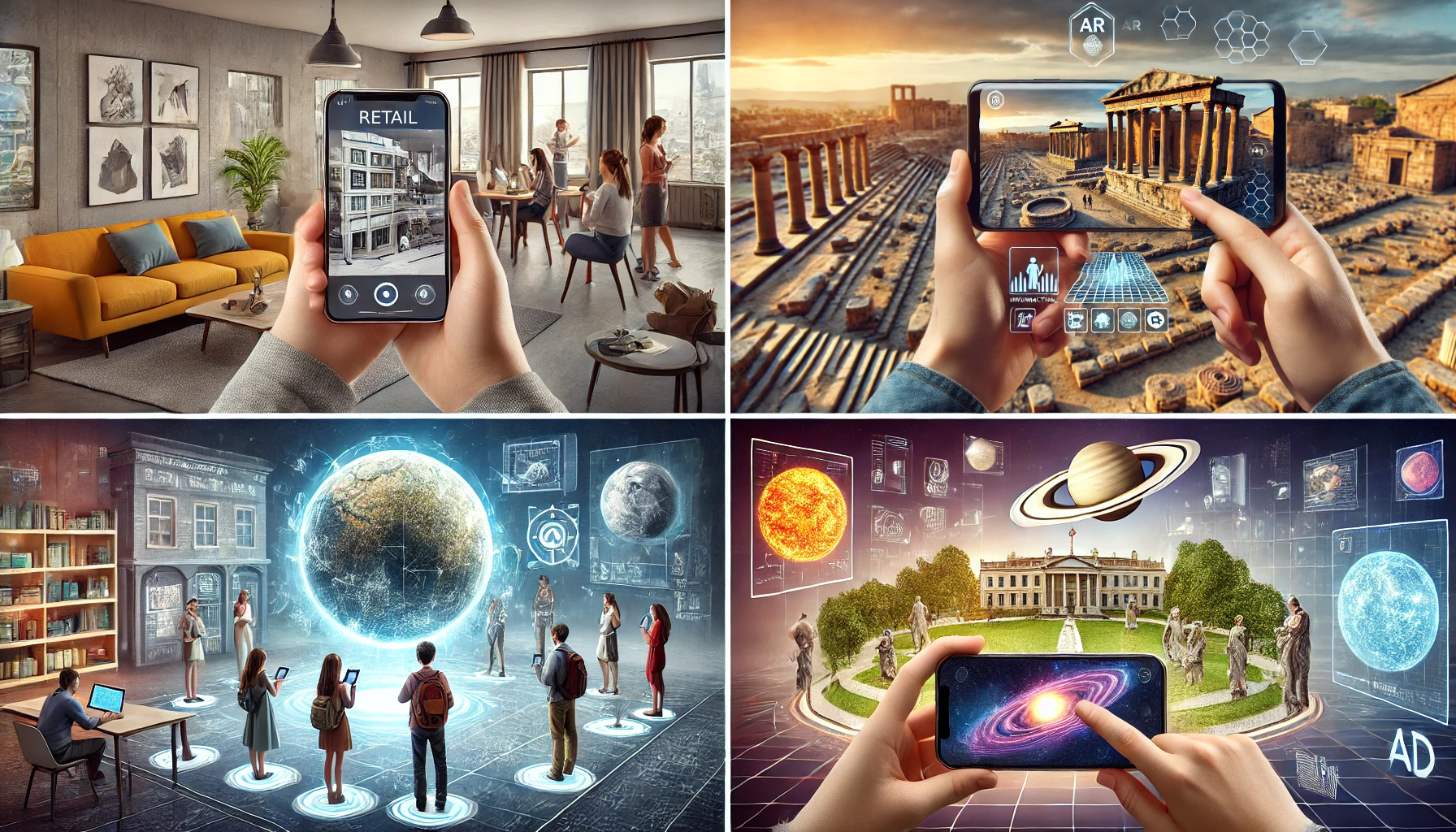
Success projects using WebAR
Augmented Reality Web Experiences for AR District
Use of AR Web for Salgar product configurator
Immersive advertising using WebAR for the CC Westfield La Maquinista
Future of WebAR
The future of Web Augmented Reality is full of potential, with emerging trends such as integration with Artificial Intelligence to personalize experiences, and improved object and environment recognition capabilities.
In addition, also integration with other technologies such as 5G networks or sensors and IoT systems also promises to take Web AR to new levels of interactivity and realism. The higher speed and lower latency of 5G will allow for more fluid and real-time experiences, and the other elements for greater interaction of the virtual and the real.
With the increasing accessibility and sophistication of Web AR, this technology is expected to significantly influence consumer behavior, promoting greater interaction and loyalty with brands.
WebAR represents a significant evolution in the way we interact with Augmented Reality, offering accessibility and rich experiences through web browsers. From marketing to education, the applications of WebAR are wide and varied.
Interested in taking your brand to the next level with innovative WebAR experiences? We can help you! Our team of Augmented Reality specialists will guide you from conceptualization to implementation of your projects. Don't miss the opportunity to stand out in the market and offer your customers a unique interactive experience.
SIMILAR CONTENT
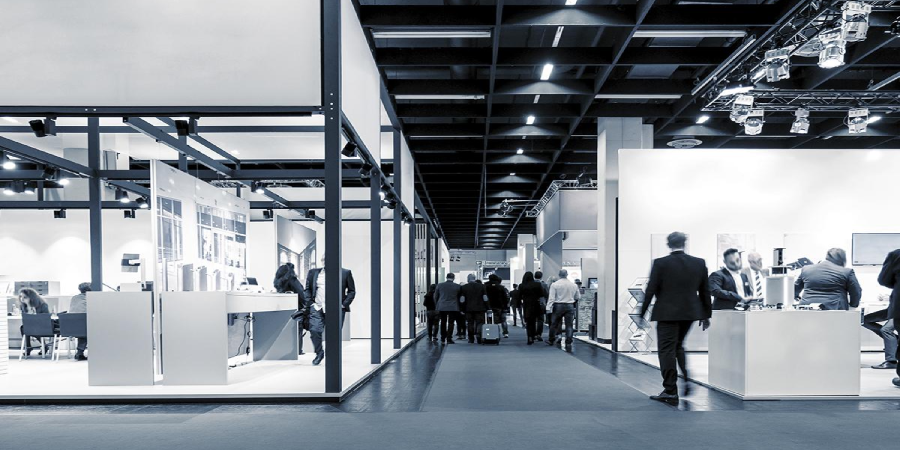
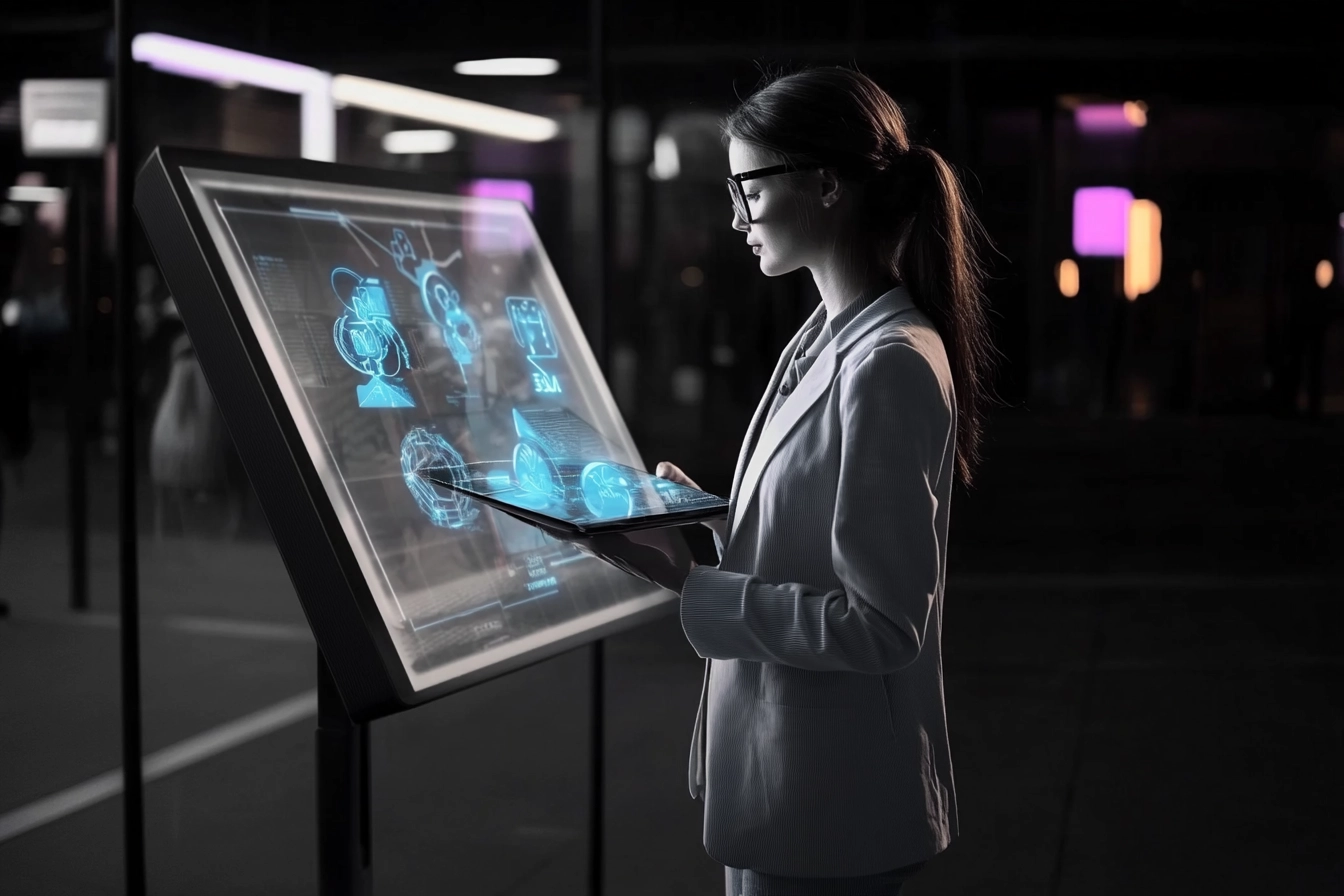










 RETURN
RETURN
